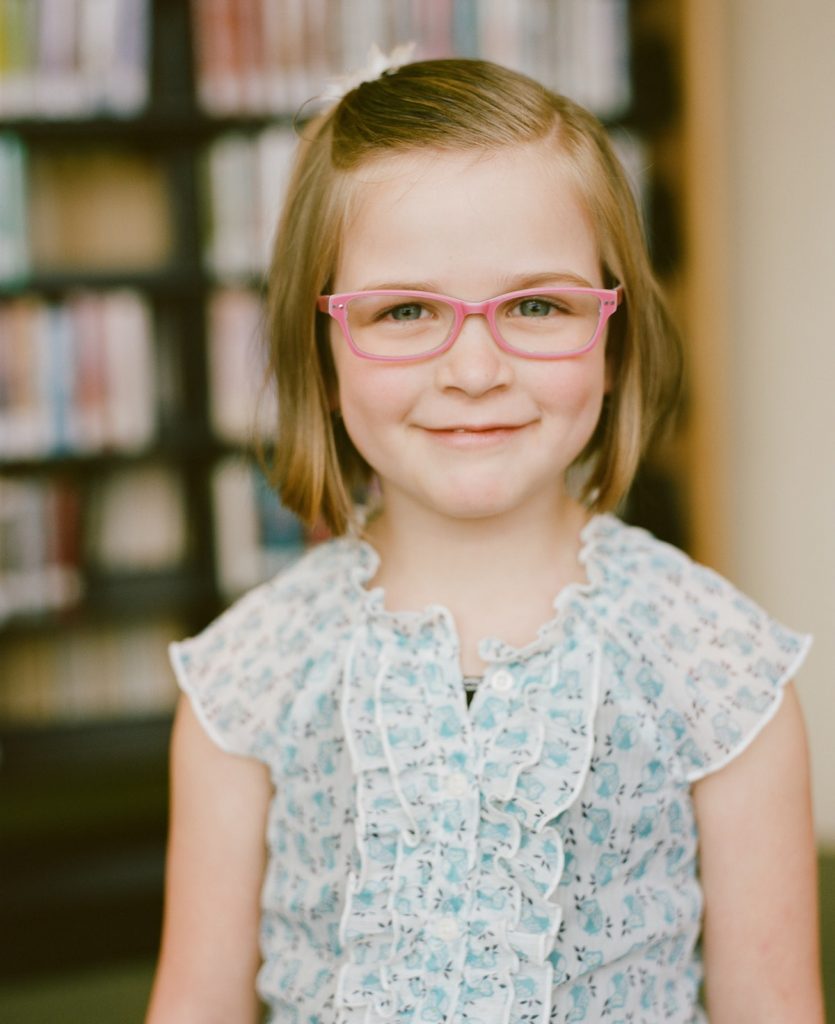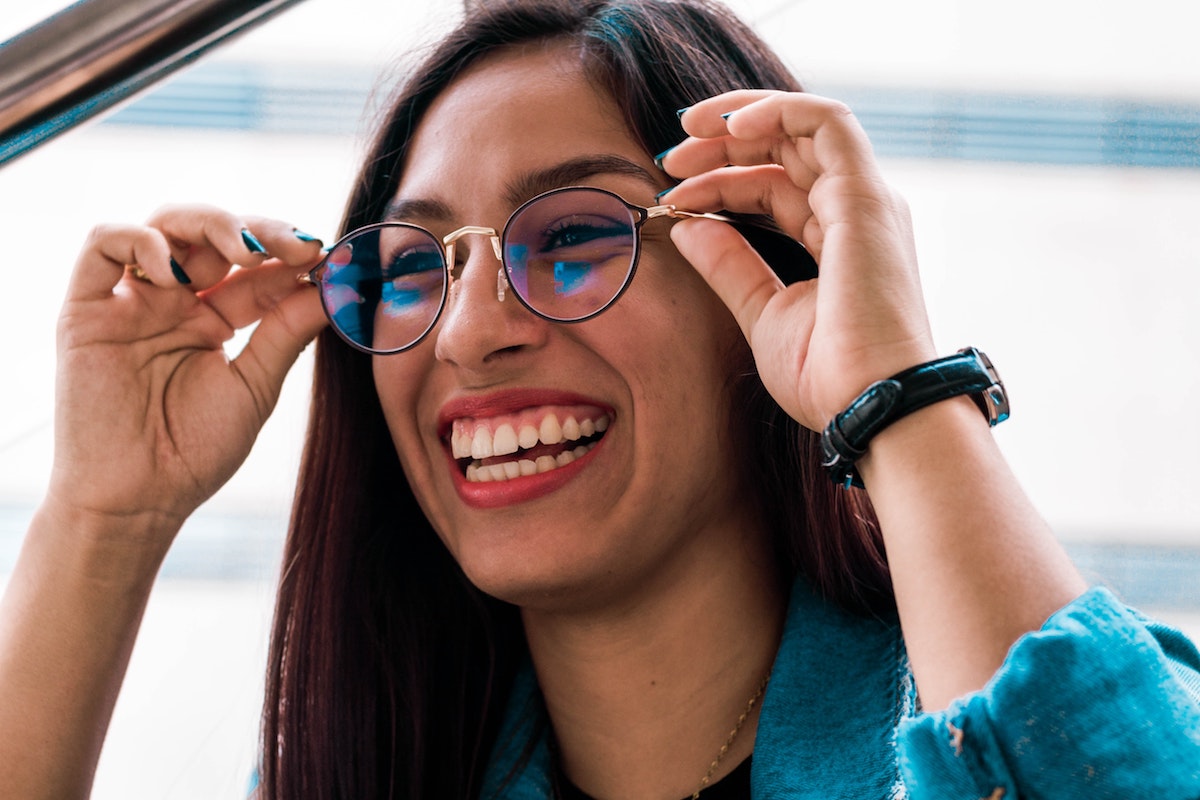Myopia, more commonly known as nearsightedness, is a vision disorder that results in far-away objects becoming blurry, while closer objects are still seen clearly. It’s one of the most common eye problems, affecting 1.45 billion people worldwide. 34 million Americans over the age of 40 are myopic. Projections show that by the year 2050, 50 percent of Americans will be myopic.
Fortunately, myopia can be easily corrected for adults through a number of methods. For children, myopia can be managed to delay its onset and slow down its progression.
For Adults: Myopia Correction
Eyeglasses
Glasses are the most cost-effective way to correct myopia. Depending on the degree of nearsightedness, glasses may need to be worn at all times or only during certain situations such as driving. Glasses come in all shapes and sizes, and there are even special lenses you can choose from. For example, high-index lenses are designed to be very thin, while some lenses come with anti-reflective coating that reduces glare. Photochromic lenses are lenses that become darker when exposed to sunlight. Ask your eye doctor about all the different types of lenses that exist.
Contact lenses
Contact lenses are placed directly onto the eyeball to provide the same clarity of vision that eyeglasses do. Like glasses, many different types of contact lenses are available. Patients that have high myopia (extreme nearsightedness) may prefer to wear contacts rather than glasses. However, contacts aren’t for everyone. The wearer must take precautions to prevent eye damage or infection. It’s best to weigh the pros and cons of contact lenses with your eye doctor before making a decision.
Refractive surgery
Probably the most effective long-term treatment for myopia, refractive surgery (such as LASIK or PRK) can completely eliminate the need for eyeglasses or other vision aids. During the procedure, a surgeon uses a laser to reshape the cornea which improves eyesight. But nothing’s perfect. Side effects have been associated with refractive surgery, and the procedure can be expensive. It doesn’t always work as advertised–sometimes the patient must continue to wear glasses for the best vision. For many, though, refractive surgery is a great choice.
For Children: Myopia Management
In children, myopia can be managed rather than simply corrected. This means that the progression of myopia can be slowed down through the management techniques described below. It’s important to remember that the younger children are, the faster they progress. Therefore, it is recommended to start treatment as soon as possible.
Orthokeratology
The first choice for many children is “ortho-k.” Orthokeratology is a vision therapy that gently reshapes the cornea while the child is sleeping. When they wake up, their vision is improved because the cornea has been reshaped. The effects typically last the entire day. This technique has been found to be effective in slowing down myopia progression for children.
Multifocal contact lenses
These are special lenses that adapt their prescription based on what the child sees. Multifocal contact lenses have been shown to be effective for managing myopia and slowing down the progression of childhood myopia. MiSight is the only one of this type of contact lens approved by the FDA at this time, but others should become available soon.

Spending more time outside
Studies show that in childhood and adolescence, simply being outside more can decrease the risk of myopia. The latest study shows that 80 minutes daily outdoors in daylight is beneficial in reducing the onset of myopia. Though the mechanism of action is not known, some speculate that daylight affects eyesight in a positive way; others speculate that this keeps children away from screen time or other close-up work, which can affect vision.
Atropine eye drops
Eye drops containing low-dose atropine are often used to manage myopia in kids. Any use of atropine should be closely coordinated with your healthcare team, but at low doses, it can be very effective for managing myopia and slow down its progression.
Conclusion
Myopia is a very common condition. Fortunately, there are effective (and cost-effective) ways to correct this condition in adults. For children, management of the condition can delay its onset and slow its progression. Work with your eye doctor to get the care that’s best for you or your child.
References
- Myopia: a growing global problem with sight-threatening complications
- AAO: Eye Health Statistics
- NIH: Myopia: A close look at efforts to turn back a growing problem
- AAO: What Is Orthokeratology?
- Effect of Orthokeratology on myopia progression: twelve-year results of a retrospective cohort study
- Center distance multifocal contacts may slow, halt myopia
- FDA approves first contact lens indicated to slow the progression of nearsightedness in children
- Time spent in outdoor activities in relation to myopia prevention and control: a meta‐analysis and systematic review
- Outdoor activity during class recess reduces myopia onset and progression in school children
- The Associations between Near Visual Activity and Incident Myopia in Children
- Five-Year Clinical Trial on Atropine for the Treatment of Myopia 2
